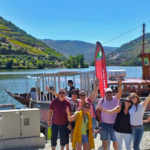The Route of the Romanesque washed down with Vinho Verde
We have added to these 5 emblematic monuments of the Route of the Romanesque the unmistakable flavor of Vinho Verde. The Route of the Romanesque is a tourist-cultural route, composed of 58 monuments of Romanesque style in northern Portugal, which intersects with the Route of Vinho Verde. To walk the paths of the Vinho Verde Route is to discover the origins and flavors of the ancient wine culture, to dive deep into the History of Portugal! The combination could not work better.
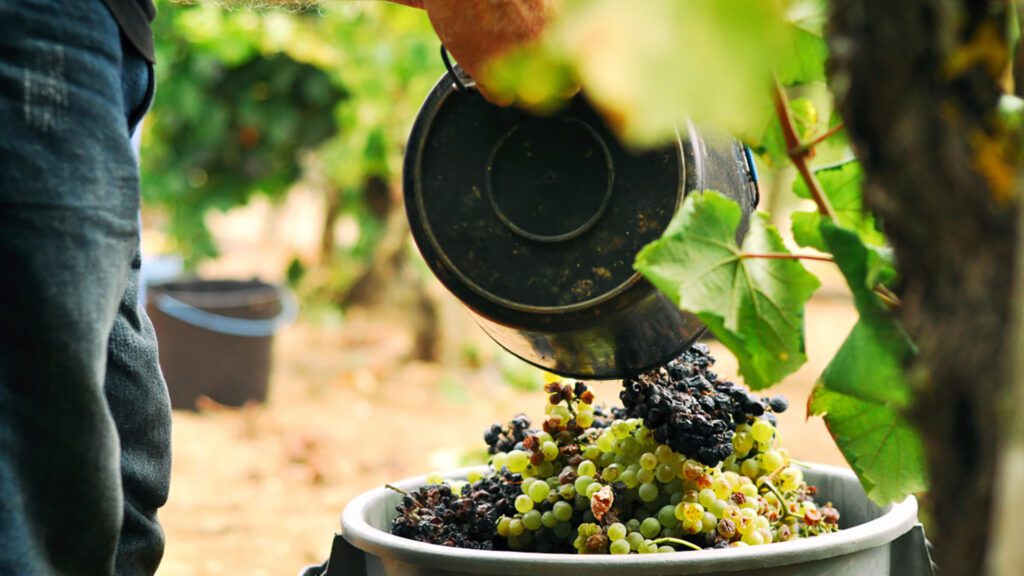
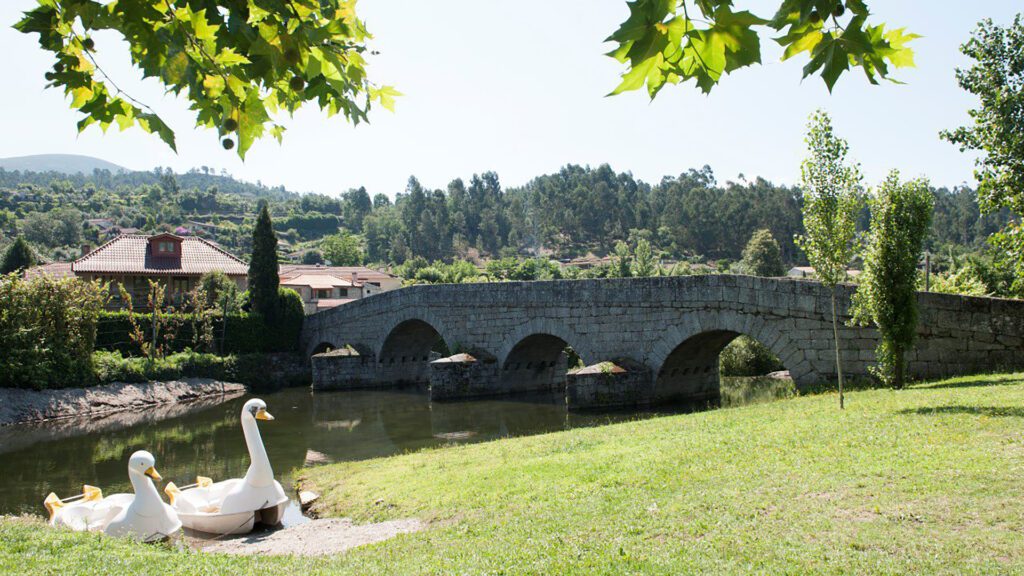
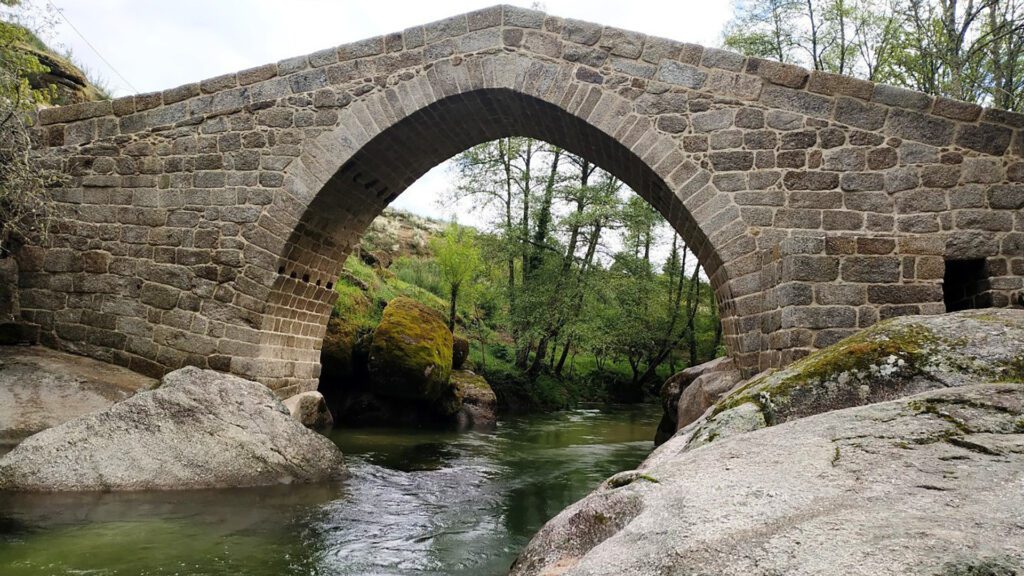
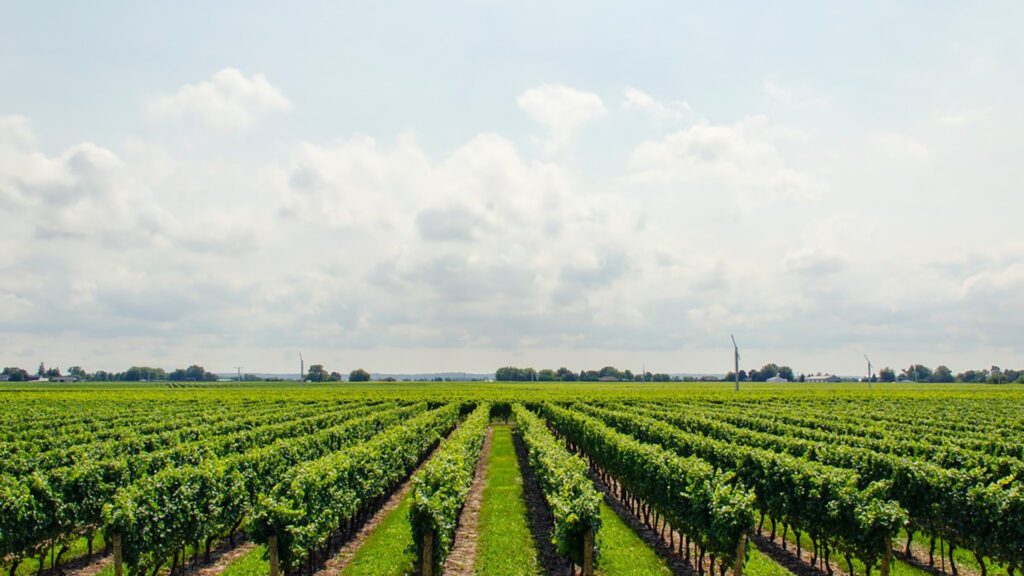
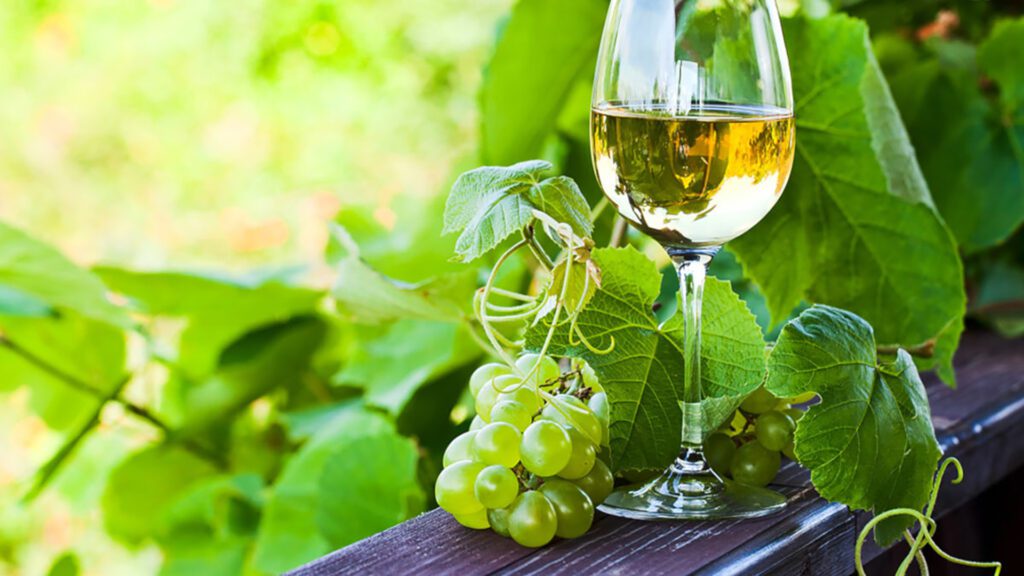
x
The Romanesque Style
In the lands of the Sousa, Douro and Tâmega Valleys, stands a true legacy of Romanesque origin that transports us to legends and stories born with the foundation of Nationality and illustrates the relevant role of this territory in the history of nobility and religious orders in Portugal. The Romanesque style appeared in Portugal at the end of the 11th century, as part of a wider phenomenon of Europeanization of culture, which brought the Clunic monastic reform and Roman liturgy to the Iberian Peninsula. Being a predominantly religious architecture, the Romanesque is closely related to the diocesan and parish ecclesiastical organization and to the monasteries of the various monastic orders, founded or rebuilt in the 12th and 13th centuries. The expansion of the Romanesque style does not really correspond to the Reconquista, but rather to the organization of the territory.
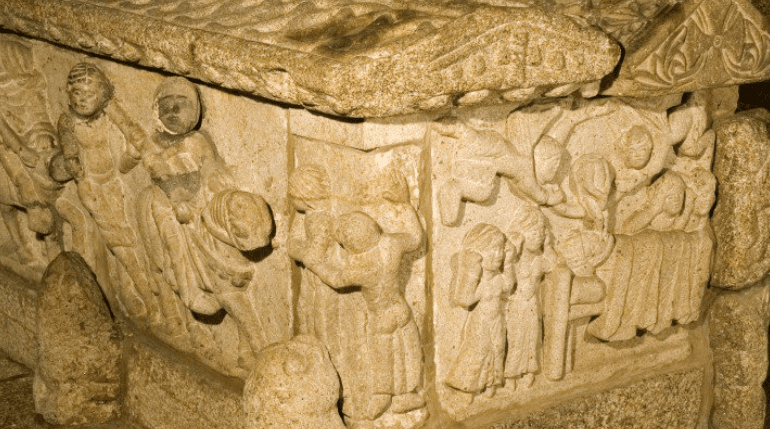
x
01. The Monastery of Santa Maria de Pombeiro
Located in Felgueiras, between two of the main medieval roads of the time, it was one of the most important Benedictine monasteries of Entre-Douro-e-Minho, founded by D. Gomes Echiegues and his wife Gontroda, in 1102. Resting place for kings and hostel for pilgrims.
02. The Monastery of the Savior of Paço de Sousa
Linked to the Ribadouro family, it was an important Benedictine monastery founded in the 10th century by Trutesendo Galindes and his wife Anímia. Inside this monastery in the municipality of Penafiel, Egas Moniz, precetor of Afonso I of Portugal, is buried.
03. The Monastery of Salvador de Travanca
What stands out most in this set is the isolated tower, which is considered one of the highest Portuguese medieval towers, whose military air is merely symbolic. The monument is located in Amarante.
04. The Bridge at the End of the Street
One of the bridges referenced in the work of Camilo Castelo Branco, who passed through it several times, as it was one of the two places of passage between Amarante and Trás-os-Montes. The bridge is still known as Aboadela Bridge.
05. The Arch Bridge
Joining the banks of the River Ovelha, the Ponte do Arco has an unmistakable look. Composed of a single arch, slightly pointed and of large dimensions, it is an imposing work of architecture, located in Marco de Canaveses.
x
The Vinho Verde Wine Route
Also take the opportunity to visit the farms producing Vinho Verde that are located on the route of the Route of the Romanesque. Exclusively produced in the Demarcated Region of Vinhos Verdes, in the northwest of Portugal, Vinho Verde is produced only from the native grape varieties of the region, preserving its typical aromas and flavors so distinctive worldwide. The Vinho Verde Route takes us through a landscape that is also green in color, divided into small plots that occupy the entire Minho region and extend south to the Vouga River. Throughout 49 municipalities, you can enjoy beaches, mountains, valleys, rivers and the combination of a unique landscape.
The vineyards, which are mainly concentrated along the rivers, are influenced by the Atlantic and, in their search for the sun, the vines intertwine in the trees, climb trellises and border fields punctuated by typical granaries. They are spread over nine sub-regions (from north to south): Monção and Melgaço; Lima; Basto; Cávado; Ave; Amarante; Baião; Sousa and Paiva. The vibrant freshness, the elegance and lightness, the aromatic and gustatory expression, with emphasis on its fruity and floral notes, are the characteristics that define and differentiate Vinho Verde and make it unique in the world. It is worth adding this stop on the Route of the Romanesque and making a visit to a farm to better understand the importance of wine in the region.
Some suggestions of farms producing Vinho Verde: Quinta da Tapada; Quinta de Lourosa; Quinta da Aveleda; Quinta de Santa Cristina; Quinta da Lixa; Quinta do Outeiro.
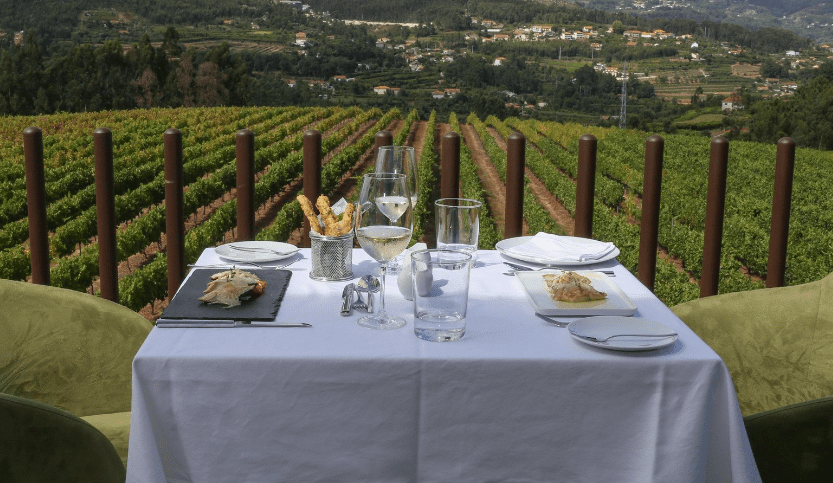
Come and discover a route founded on the memories of the Romanesque and discover the charm of monasteries, churches, chapels, memorials, castles, towers and bridges. The link between monasteries and wine production goes back a long way. With the advent of nationality, the consolidation and affirmation of the monastic lordships meant that a good part of the best vineyard lands in Entre Douro and Minho were in the hands of the various religious orders that, since the 10th-11th century, had been asserting themselves in the northwest of the country. Nothing like combining the memories of the Romanesque with the unmistakable taste of Vinho Verde.
x
The Monverde Wine Experience Hotel
If you can stay a little longer, do not miss the opportunity to get to know the Monverde Wine Experience Hotel, and stay in a Hotel where luxury and refinement are also served at the table. Have a truly unforgettable experience, involving all your senses in the vineyard and wine, its grape varieties and this natural beauty.

